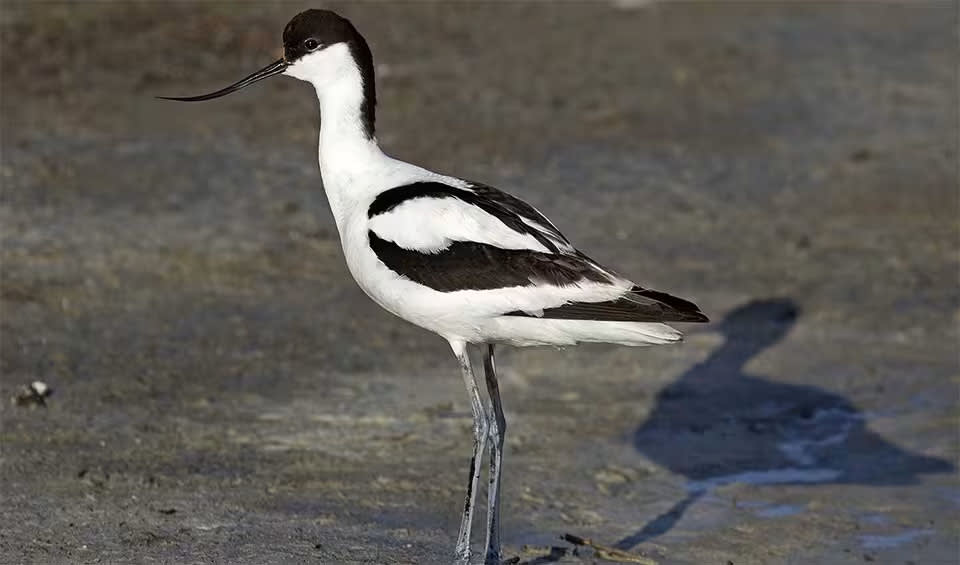Recurvirostra – Avocets
The thin, long, and upcurved bill makes these avocets species unique and easily recognizable
These fascinating and distinctive wading birds are characterized by their unique upcurved bills and striking black and white plumage. They are distributed across North America, Europe, and parts of Asia and Australia.
These elegant birds exhibit a bold pattern of black and white on their heads and bodies, which serves as more than just an aesthetic trait; it plays a role in species identification and sexual selection. The contrast in their plumage is especially prominent during the breeding season, making them even more spectacular to observe.
The upcurved bill of avocets is not just a hallmark of their appearance but also a specialized tool for foraging. This distinctive feature is more pronounced in females, suggesting a possible role in sexual dimorphism. When feeding, avocets use a side-to-side sweeping motion in shallow waters to sift through mud and capture small aquatic invertebrates. Their bills are highly sensitive, allowing them to detect prey by touch in murky waters where visibility is low.
Avocets show a preference for habitats such as estuaries, salt pans, brackish lagoons, and coastal wetlands, which offer abundant food resources and suitable breeding grounds. Their adaptation to such environments is a testament to the evolutionary success of their foraging strategy.
Socially, avocets are gregarious birds, often found in large flocks that can number in the hundreds. This social structure is advantageous for foraging and defense against predators. During the breeding season, they exhibit a communal spirit, nesting in colonies where the group’s vigilance can deter potential threats.
Their mating rituals are intricate and coordinated, involving synchronized movements and displays that strengthen pair bonds. Both parents are involved in the incubation of eggs and the rearing of chicks, which are precocial and leave the nest shortly after hatching.
Species in this genus
Pied avocet
One of the very few birds with an upturned bill


